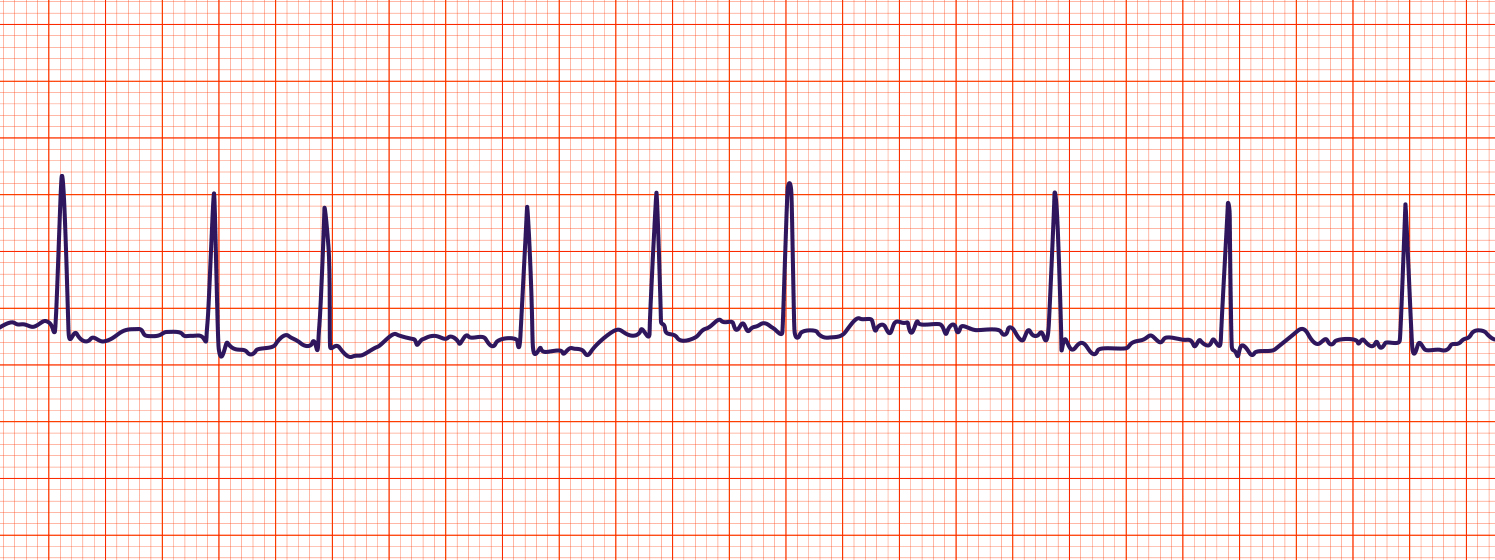The treatment of sprains often consists of RICE which stands for these interventions:
What is rest, ice, compression, elevation?
Name 1 antibiotic that covers MRSA.
What is:
Clindamycin, Vancomycin, Ceftaroline, Doxycycline, Bactrim, Daptomycin, Rifampin, Linezolid, Delafloxacin
Ranitidine (Zantac) is an example of this class of medications.
What are H2-receptor antagonists?
A solution that has a higher concentration of solutes than another, less concentrated solution is categorized as this. (ie 3% saline)
These are the types of Hepatitis.
Hepatitis A, B, C, D & E
Route of transmission:
HAV - fecal-oral route
HBV - blood
HCV - blood
HDV - coinfection with HBV
HEV - fecal-oral route
This type of fracture is where the bone is splintered or crushed, creating numerous fragments.
What is a comminuted fracture?
Sometimes occurring in patients who have been taking these antibiotics for extended periods of time, this gut infection has a higher risk with clindamycin, cephalosporins, penicillins, or fluoroquinolones.
What is Pseudomembranous colitis/ C.diff ?
This sign, where a patient is unable to take a deep breath when the examiner's fingers are pressed below the hepatic margin due to pain, is characteristic of cholecystitis.
What is Murphy's sign?
Syndrome of Inappropriate Anti-diuretic Hormone secretion (SIADH) can cause this electrolyte abnormality.
What is HYPOnatremia?
A patient's Stage of Chronic Kidney Disease is based on this, which is calculated by a mathematical equation taking into account a patient's creatinine value and other factors.
What is glomerular filtration rate (eGFR)?
A patient with a broken leg has worsening pain in the broken limb with a newly pulseless, pale, & dusky foot with decreased sensation. The nurse is concerned for this complication.
What is compartment syndrome?
Azithromycin is often used to treat community acquired pneumonia. It is in this class of antibiotics.
What are Macrolides?
Burning pain that occurs in the mid-epigastric area 1.5-3 hr after a meal and during the night, with pain often able to be relieved by the ingestion of food is characteristic of this type of GI ulcer?
What is duodenal ulcer?
Furosemide (Lasix) can cause this electrolyte abnormality.
What is HYPOkalemia or HYPOmagnesemia?
Esophageal varices
This complication can result after a long bone fracture, usually within the first 48-72 hr post-injury. The symptoms of this often mimic those of a pulmonary embolism.
What is a fat embolism?
This category of antibiotics carries an increased risk of tendon rupture is older adults.
What are Fluoroquinolones?
A baseline EKG should ideally be obtained before giving ondansetron (Zofran) due to the risk of this cardiac rhythm abnormality.
What is QT prolongation?
This electrolyte abnormality can cause tall, peaked T waves on an EKG.
What is hyperkalemia?
The kidneys are responsible for producing this hormone which stimulates red blood cell production.
What is erythropoeitin / EPO?

Identify the EKG rhythm.
This class of medications, which inhibit osteoclast-mediated bone resorption, must be taken with a full glass of water, and the patient must remain upright for at least 30 minutes after taking due to the risk of esophagitis.
What are bisphosphonates?
This class of antibiotic carries a risk of ototoxicity.
What are Aminoglycosides?
Long term use of this medication - which is used to stimulate motility of the upper GI tract and increase the rate of gastric emptying without stimulating gastric, biliary, or pancreatic secretions - may cause extra-pyramidal reactions.
What is metoclopramide (Reglan)?
This "sign" - when the facial muscles contract in response to a light touch over the facial nerve - can indicate hypocalcemia.
What is Chvostek's sign?
A rare but serious disorder that results from persistently low thyroid production. Signs can include: hypotension, bradycardia, hypothermia, hypoglycemia, generalized edema, and possibly coma.
What is myxedema coma?

Identify this EKG rhythm.
What is Atrial Fibrillation?